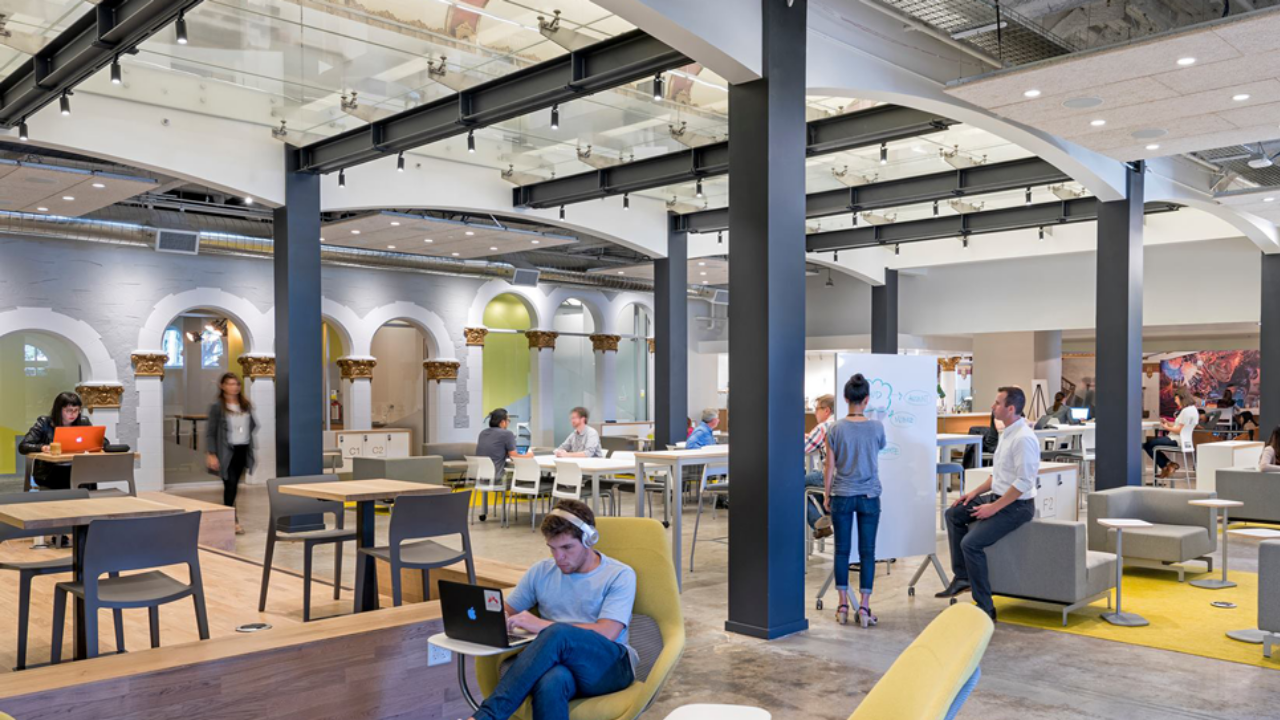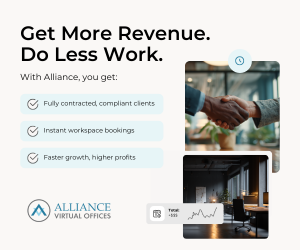[bctt tweet=”As the commercial real estate world continues to evolve, it is clear that flexibility will be a standout and permanent factor moving forward.” username=”allwork_space”]
While flexibility was once seen as a niche offering, it has now been adopted by several real estate firms. It has also been embraced by a wide variety of professionals, from freelancers to corporations who have found value in flexible offerings and do not abide by a traditional 9 to 5 work structure.
Data from Satista has found that over 1 million people in the U.S. will work out of a flexible office by 2022, warranting enough demand that should fuel the coworking sector.
Additionally, the top 10 largest flexible office markets are also the top technology markets which is no coincidence. Technology companies are some of the biggest users of flexible offices, particularly in blossoming tech hubs such as Los Angeles, San Francisco and New York City.
The 2018 CBRE Occupier Survey found that 75% of corporate occupiers expect to include flexible offices in their portfolios over the next three years, making it evident that demand for these spaces will continue to climb.
Although there is no one-size-fits-all solution to today’s fast-paced work, flexible office spaces provide an option that better caters to each person’s work style and schedule.


 Dr. Gleb Tsipursky – The Office Whisperer
Dr. Gleb Tsipursky – The Office Whisperer Nirit Cohen – WorkFutures
Nirit Cohen – WorkFutures Angela Howard – Culture Expert
Angela Howard – Culture Expert Drew Jones – Design & Innovation
Drew Jones – Design & Innovation Jonathan Price – CRE & Flex Expert
Jonathan Price – CRE & Flex Expert











